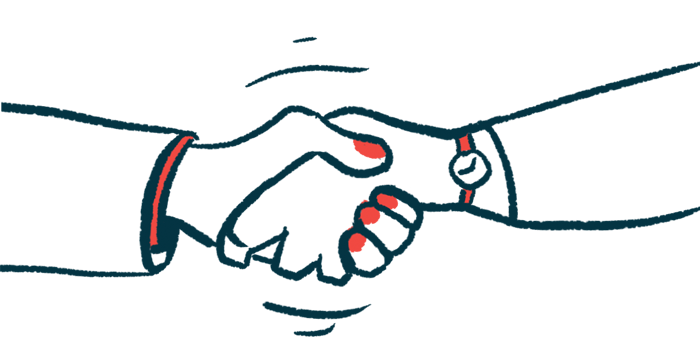Canada, Saskatchewan sign deal to improve access to rare disease drugs
$40M investment to boost public health system for Saskatchewan residents
Written by |

The Canadian government has signed a bilateral agreement with Saskatchewan, a province in Western Canada, to improve access to treatments for rare diseases and support enhanced access to existing drugs, early diagnosis, and screening for rare diseases, such as aromatic l-amino acid decarboxylase (AADC) deficiency.
The agreement includes an investment of more than $40 million to improve the public health system for the people of Saskatchewan with a particular emphasis on high-cost drugs for rare diseases.
“By investing in drugs for rare diseases, this agreement will improve affordability and access to medications, early diagnosis, and screening, so that people in Saskatchewan with rare diseases have the best health outcomes possible,” Mark Holland, Canada’s minister of health, said in a press release.
AADC deficiency is a rare genetic disorder caused by mutations in the DDC gene, which carries the instructions necessary to make the AADC enzyme. This enzyme is important for the production of neurotransmitters, or molecules that nerve cells use to communicate with each other and the rest of the body.
When the AADC enzyme is absent or malfunctions, nerve cell communication is impaired, leading to a range of symptoms, including developmental delays, movement and behavior problems, and issues with involuntary bodily processes.
Kebilidi gene therapy for AADC deficiency recently approved in US
While there is currently no cure for AADC deficiency, Kebilidi (eladocagene exuparvovec-tneq), a gene therapy that delivers a healthy copy of the DDC gene to cells, to boost the levels of working AADC enzyme, was recently approved in the U.S.
Additionally, some treatments exist to alleviate symptoms, including supplementation with vitamin B6 and off-label prescription of medications that treat other conditions affecting neurotransmitters.
In Canada, one in 12 people has a rare disease. Treatments for many of these rare diseases remain inaccessible due to the high cost of medications and other therapies, which can exceed $4 million annually.
In 2023, the Canadian government announced up to $1.4 billion for bilateral agreements with provinces and territories to help improve access to timely treatments for patients with rare diseases to help improve their quality of life.
The bilateral agreement between Canada and Saskatchewan will improve access to selected new medications for rare diseases, which will be published online on a drug-by-drug basis following the conclusion of the pan-Canadian Pharmaceutical Alliance price negotiations for each drug.
The first three medications that will receive funding are Poteligeo (a treatment for Sézary syndrome), Oxlumo (a treatment for hyperoxaluria type 1), and Epkinly (a treatment for diffuse large B-cell lymphoma).
Additionally, as part of this agreement, Saskatchewan is committing to working with Canada and other provinces and territories to develop and implement plans for improving screening and diagnosis of rare diseases.
“The Government of Saskatchewan is pleased to partner with the federal government to benefit Saskatchewan residents and communities across the province,” said Jeremy Cockrill, the Saskatchewan minister of health. “Through this bi-lateral funding agreement we are signing today, we are building on our existing efforts to enhance coverage and provide our residents and their families with even greater access to new high-cost rare drugs.”






